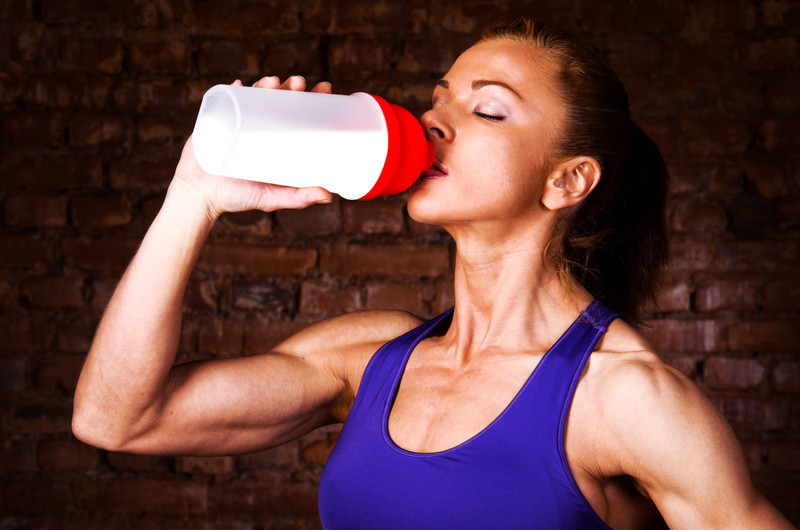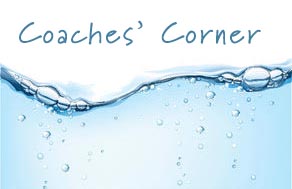Athletes are in the spotlight. If something isn’t working on the field, the ice, the court, or in the boat, it has to do with the athlete, right? It is easy to look at what is in front of you and believe that is where the course correction is needed. Often, the “invisible players” have a much larger role than is considered. These can include: the team dynamic, the environment of the organization, politics within the athletic department, and coaches. These are often last to be looked at, if at all. Truth be told, they can have a much greater impact on performance results than one individual athlete alone.







